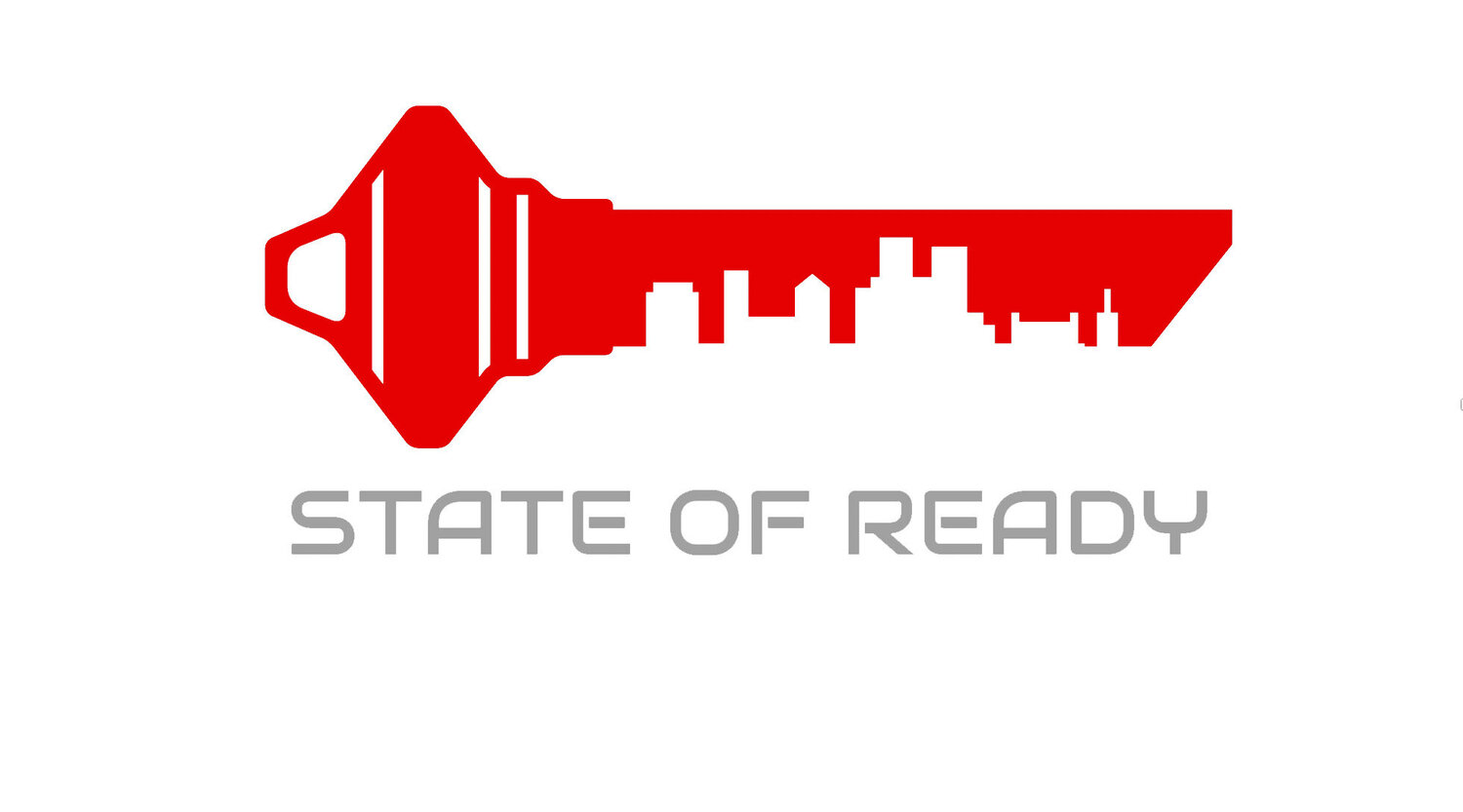At State of Ready we are always preparing for meetings on how to get everything done we need to do. This includes: scheduling, social media, electronic mail, writing a script, and deciding on times to record the show. We chose to focus this week on stakeholder meetings for Emergency Managers.
The idea of “shaking hands before an incident, instead of pointing fingers after” includes effective communication often at stakeholder meetings. The purpose and reasons for meetings need to focus on establishing the why for any exercise or the purpose of having a meeting is often to work on developing a common operating picture and a better understanding of responding agencies capabilities. Additionally, it provides an opportunity for networking and informal communication which beats formal communication almost every time.
When developing a stakeholder meeting it is important to think about everyone who would be involved in the exercise or event. This means you need to identify all stakeholders including those from the public sector and private industry. It also means identifying a meeting space which is centrally located and has adequate space for all of the people attending. Hopefully, this means that both bathrooms and coffee are available. Ensure that there is a properly working HVAC system, being to hot or too cold will draw the attention away from what is being said or talked about.
With this space, see if some important tech essentials are available. This includes identifying a wireless network system, maybe smartboards to record information, establishment of a Slack channel, video or audio recording, and access to a computer network which can facilitate PowerPoint presentations.
Establishing the layout of the table and where it is you want to sit and where others want to sit. How you set the tables in the room matters. Are they going to all face the speaker, stage, or screen? Or will all the tables be separated into groups for breakout sessions? Or will they be in a horseshoe shape to facilitate debate? This becomes a thriller akin to Game of Thrones and you do NOT want to lose. Also think about prepositioning assigned seating to help you run the meeting and keep people apart who will be disruptive. If you don’t know who is disruptive, you did not do your homework and get to know people in the informal communication we mentioned previously! Go back and start all over again!
Now you are ready to set an agenda and remember no one wants their time to be wasted. You can help alleviate that by creating an agenda and distributing either via handouts, email, establishing a Slack channel, or using Google Docs or Drive. Make sure someone will type up the minutes and send on a regular basis allowing people a chance to review at the start of each meeting. The agenda should contain the following:
■ Review minutes of previous meeting
■ Identify new priorities
■ Old business including tasks assigned
■ Questions
■ Set date for next meeting
Conducting meetings is a part of life in the workplace and a tremendous amount of time is dedicated to gathering people together to accomplish this. While what we talked about above might seem like insignificant or unimportant in the setting of what the actual goals of a meeting are to accomplish, they actually are VERY important to the successful outcome of that meeting. And in Emergency Management, where life safety is usually discussed, you do not want to overlook the small details.
Thanks for joining us this week and look for next week's podcast and blog posting on Volunteer groups and VOADS. -Ed and Bill
